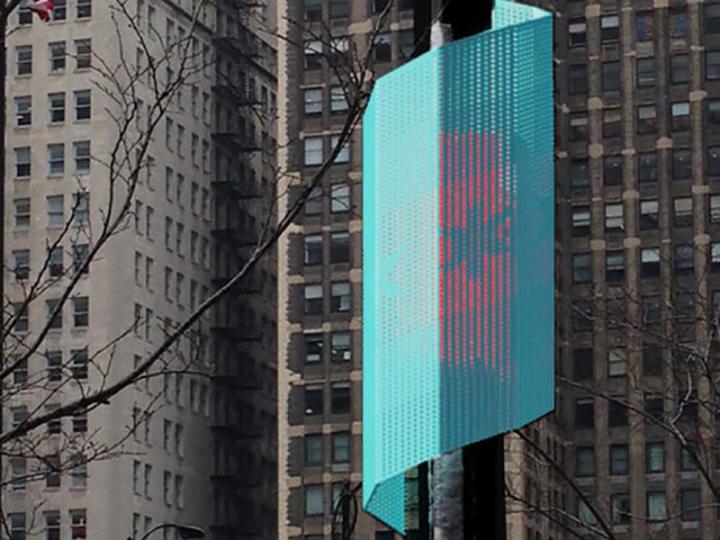
This summer around 50 of Chicago’s lampposts will be fitted out with sensors that track light, sound, air quality and other environmental variables. It’s part of an experimental project called the Array Of Things, in which data autonomously collected around the city is made available online for the public and government to use for free.
Local authorities could use the new technology to keep track of air pollution during the day, for example, while visitors to the area could pull up an app to find the quietest (or busiest) parts of the city. There are no guidelines as to how the data can or will be used, and those behind the project are hoping that city officials and the general public alike will find innovative new ways to tap into the information as it’s collected.
“By making this data public, we can imagine people writing all sorts of applications taking advantage of the data, including, hopefully, ones we never would have thought of,” says Charlie Catlett, the director of the Urban Center for Computation and Data, which is launching the scheme. “Could you imagine crowd-sourced infrastructure? We’re putting these devices out into the community and it’s important to us to do that in a way that engages people to participate.”
The weatherproofed boxes will be placed around the Loop area of Chicago to begin with, and the UCCD is hoping that hundreds more can be added over the coming years. Each one contains a dozen sensors to log data that can then be used by app developers, researchers, scientists and the Chicago government.
The Array Of Things will also be able to detect mobile devices with Bluetooth turned on, giving the sensors the ability to track the density of pedestrian activity within a particular area. In the future, the aggregated data could be used to display popular walking routes or enable hayfever sufferers to avoid areas with a high pollen count.
Catlett is keen to underline that the sensors are designed to collect data without causing privacy concerns — the boxes don’t include cameras and the public will be consulted at every stage of the project’s development. “Our intention is to understand cities better,” he told the Chicago Tribune. “Part of the goal is to make these things essentially a public utility.”
Companies helping to support the scheme include Cisco, Intel, Qualcomm and Motorola, while the sensor boxes themselves are being designed by staff at Chicago’s School of the Art Institute.


